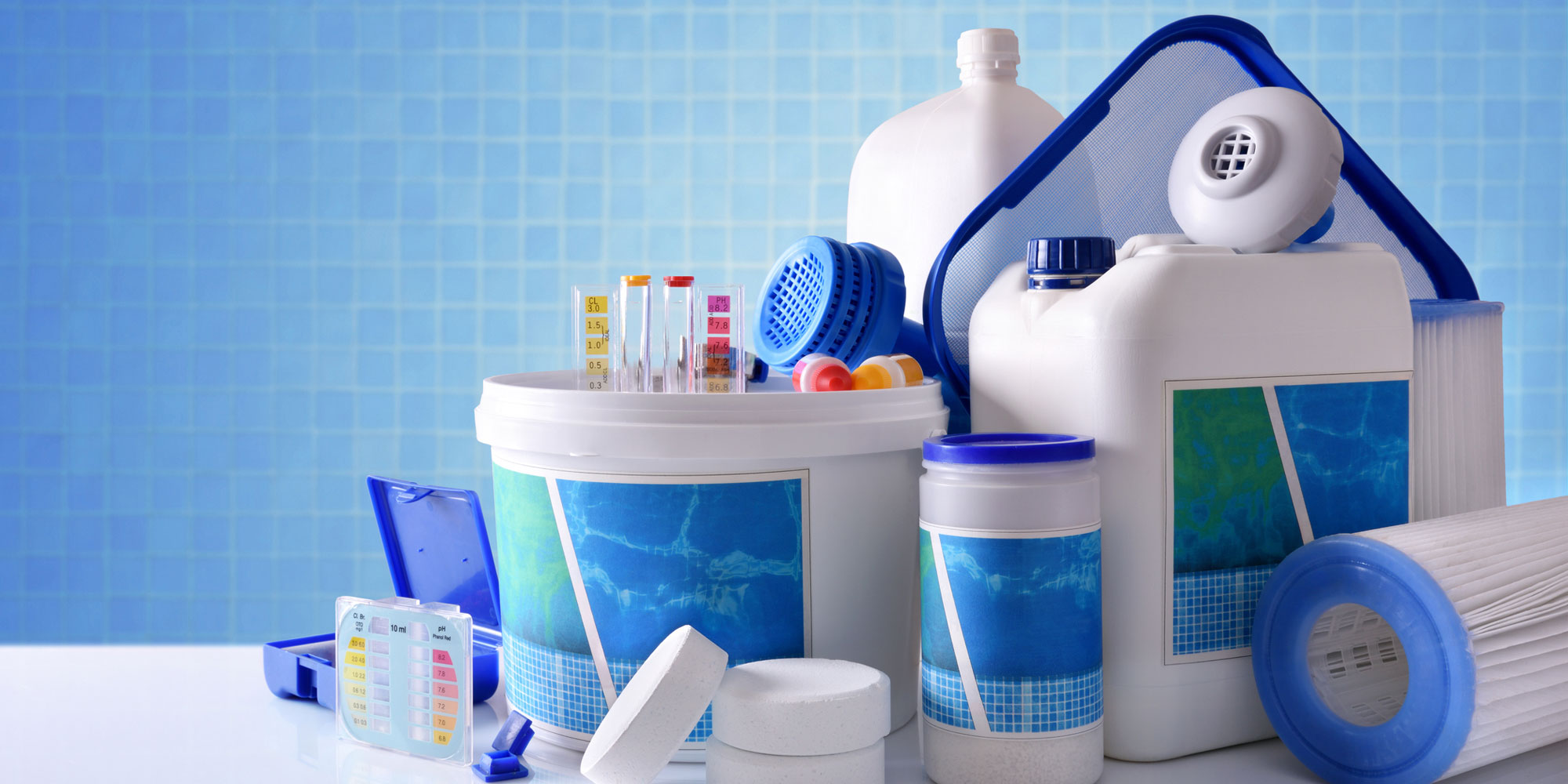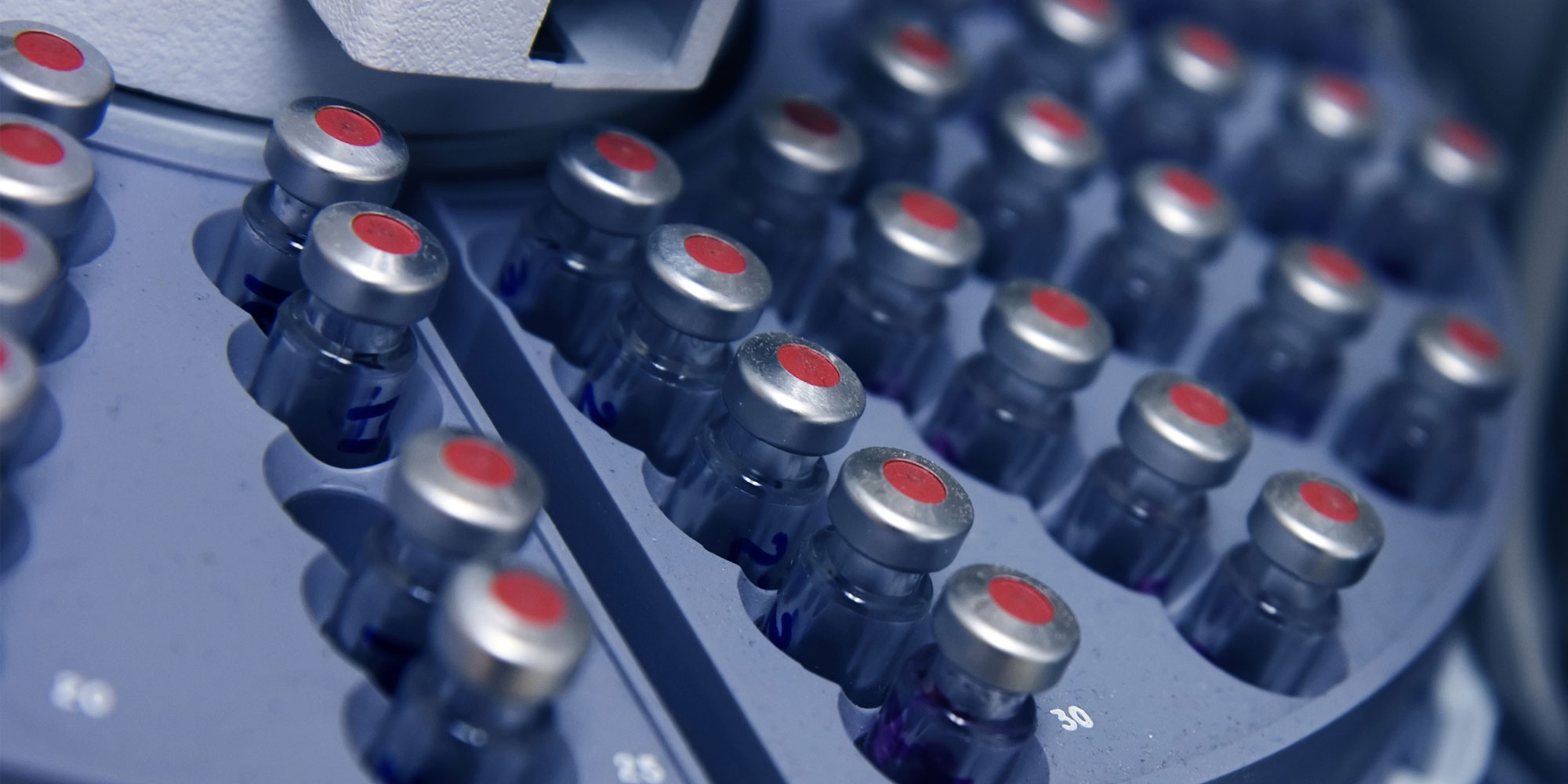The industrial uses of sodium hypochlorite
By Adrian Dingle

You might be more familiar with sodium hypochlorite than you realize. Sodium hypochlorite, or NaOCl, also goes by the name sodium chlorate (I), but you probably know it simply as bleach. It is a crystalline, pale-yellow solid that looks a lot like regular salt. NaOCl dissociates in water to form OCl- and HOCl, a strong oxidizing and bactericidal agent. NaOCl is not only a familiar household product used for laundry and cleaning, it is also used in swimming pools, textiles, paper, and food processing.










